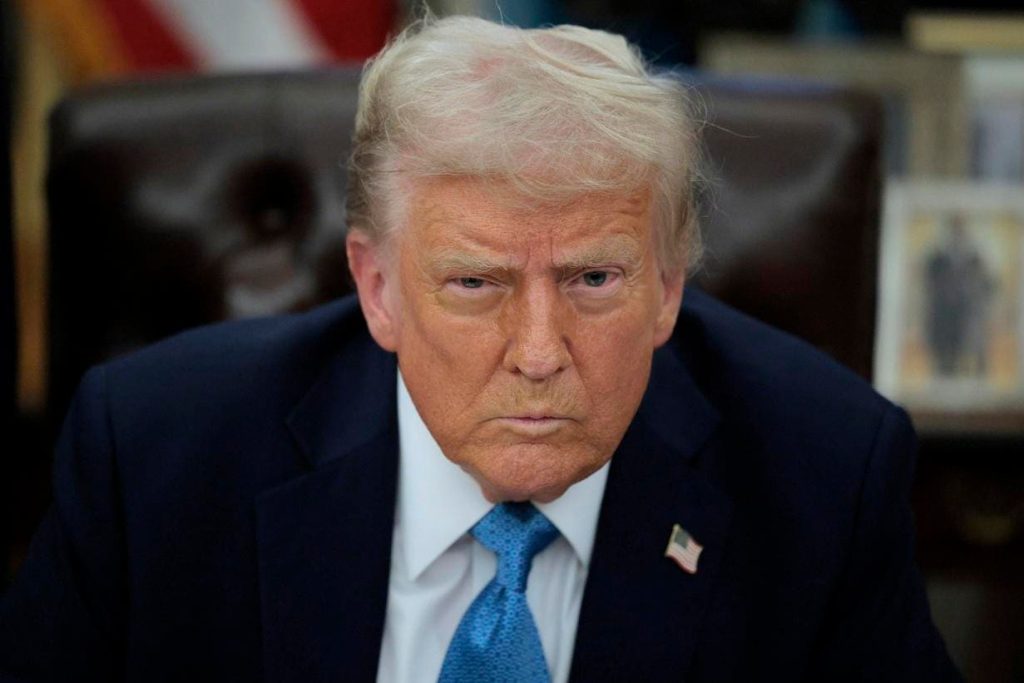The Mechanics and Implications of Trump’s Tariff Strategy
Former President Trump’s approach to international trade was characterized by a frequent recourse to tariffs, creating significant uncertainty and debate. A prime example was the proposed imposition of tariffs on Mexican goods, though later paused, demonstrating the fluidity of this policy approach. The underlying principle of a tariff is to increase the cost of imported goods, thereby making domestically produced goods more competitive. In the proposed scenario, a 10% tariff on $1 million worth of imported components would raise production costs by $100,000. The burden of this increased cost isn’t fixed, falling variously on the producer, the consumer, or a combination of both. Factors like profit margins, product essentiality, and availability of alternatives influence who bears the brunt. A company may absorb the cost increase, pass it onto consumers, or find a middle ground. Consumer behavior plays a critical role. Faced with higher prices, consumers might opt for cheaper alternatives or forgo non-essential purchases altogether.
The specific impact of tariffs varies depending on the nature of the goods. Perishable goods like fresh produce, often imported from countries like Mexico, are particularly susceptible to price fluctuations due to their short shelf life and limited storage capacity. A tariff on such goods would lead to rapid price increases for consumers, as grocers with thin profit margins would likely pass on the added cost. Conversely, the impact on non-perishable goods like auto parts is more gradual. Existing inventories can cushion the immediate price increase, delaying the effect on consumers. The longer the tariffs remain in place, however, the greater the likelihood of eventual price increases.
The Risk of Recession and the Rationale Behind Targeting Mexico, Canada, and China
The imposition of tariffs carries a inherent risk of triggering a recession. Consumer spending forms a significant portion of the U.S. GDP. Tariffs, by increasing prices and potentially reducing consumer spending, can depress economic activity, potentially leading to a recession. The Smoot-Hawley Tariff Act passed during the Great Depression serves as a historical cautionary tale, illustrating how tariffs can exacerbate economic downturn. The act, intended to protect American businesses, is widely believed to have prolonged the Depression due to its negative impact on international trade and consumer spending.
The justification offered by the Trump administration for the tariffs on Mexico, Canada, and China centered on combating the flow of fentanyl into the United States. While framed as a measure to address a drug crisis, the imposition of tariffs also carried undertones of a trade war, particularly with China. Mexico’s position as a key trading partner of the U.S., particularly in the automotive sector, meant that tariffs on Mexican goods, such as auto parts, could significantly impact American consumers. Although the initial effect might be delayed due to existing inventories, sustained tariffs would ultimately translate to higher prices for consumers.
The rationale for tariffs on Canada, while linked to concerns about fentanyl, seemed less pressing given the comparatively lower flow of the drug from Canada. However, growing concerns about increased domestic production of fentanyl within Canada heightened the risk of its illicit export to the U.S., justifying the tariff in the administration’s view. The focus on Canadian energy exports, subject to a lower tariff rate, suggested an attempt to mitigate the impact on gasoline prices.
China, identified as a primary source of fentanyl alongside Mexico, also faced increased tariffs. This action reflected the ongoing trade tensions between the U.S. and China, adding another layer of complexity to the relationship. The tariffs against China appeared to be part of a broader strategy to pressure China on trade issues, using the fentanyl concern as an additional justification.
The Endgame and Potential Consequences of the Tariff Strategy
The underlying objective of Trump’s tariff strategy was to leverage economic pressure to achieve specific political and economic goals. By imposing tariffs, the administration aimed to induce economic consequences for the targeted countries, prompting them to negotiate more favorable trade deals or address issues like drug trafficking. The stated goal was long-term gain, even at the expense of potential short-term pain. The extent of this "pain," however, remained a significant unknown variable.
The implementation of tariffs created ripple effects across global markets and industries. Businesses faced increased costs, potentially impacting profitability and investment decisions. Consumers experienced higher prices, potentially affecting their spending habits and overall economic well-being. The tariffs also generated uncertainty in international relations, creating tension with trading partners and potentially disrupting global supply chains.
While the stated intention behind the tariffs was to address drug trafficking and renegotiate trade deals, the approach carried substantial risks. The potential for retaliatory tariffs from affected countries, the risk of escalating trade disputes, and the possibility of a global economic slowdown were all potential consequences of the tariff strategy. The long-term efficacy and overall impact of the tariff strategy remained a subject of ongoing debate and analysis.
Assessing the Long-term Effects and Broader Implications
Evaluating the long-term impact of Trump’s tariff policies requires a comprehensive assessment of the various interconnected economic and political factors. The effects on domestic industries, consumer behavior, international trade relations, and global economic growth need careful analysis to provide a complete picture. Determining whether the short-term disruptions and economic costs ultimately led to the desired long-term benefits is a complex task, requiring ongoing research and study.
The use of tariffs as a tool to address issues beyond trade, such as drug trafficking, raises questions about the appropriateness and effectiveness of this approach. While tariffs can exert economic pressure, their efficacy in dealing with non-economic issues is debatable and potentially subject to unintended consequences. Exploring alternative strategies for tackling these challenges might offer more effective and less disruptive solutions.
The tariff strategy adopted by the Trump administration initiated a period of significant change and uncertainty in the realm of international trade. The ripple effects of these policies continue to play out, requiring careful monitoring and analysis to fully understand their long-term implications. The lessons learned from this period can inform future trade policy decisions, promoting a more stable and predictable global trading environment.










